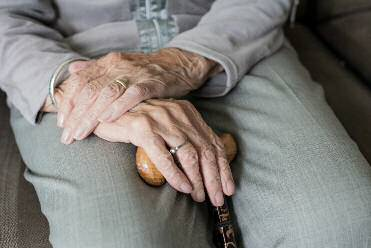CSIC, Imperial College Innovations Limited and Fundación para la Investigación Biomédica del Hospital Gregorio Marañón have developed a control method for a neuroprosthetic device, allowing to monitor and reduce pathological tremors in users through a neuroprosthetic system able to stimulate patient´s affected pathways.
Industrial partners from the medical industry are being sought to collaborate through a patent licence agreement.
Tremor reduction lasts up to 24 hours Tremor is the most common movement disorder and its incidence and prevalence are increasing with the aging of the world population, affecting 15% of people aged between 50 and 89 years. The most common are tremors caused by the two neurodegenerative diseases: Parkinson's disease and Essential tremor. Although the disorder is not life-threatening, more than 65% of population suffering from upper limb tremor reports serious difficulties in performing the activities of daily living (ADL), greatly decreasing their independence and quality of life. This is a method for controlling a neuroprosthetic device for the treatment of tremors by modulating the affected afferent pathways. This new method allows the monitoring in real time of the tremorgenic bursts at the peripheral agonist muscle and concomitant stimulation of the antagonist muscle. Monitoring and stimulation are made at the peripheral level (muscles) of the nervous system.
This disorder manifests itself with a postural tremor, with or without a kinetic component / Pixabay
Main innovations and advantages
- Avoid the side effects of invasive direct brain stimulation and potentiate the effects of tremor reduction of peripheral stimulation techniques to more than a few minutes post stimulation.








